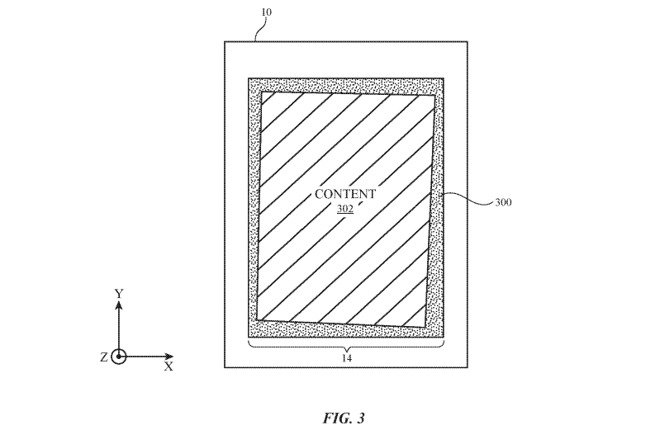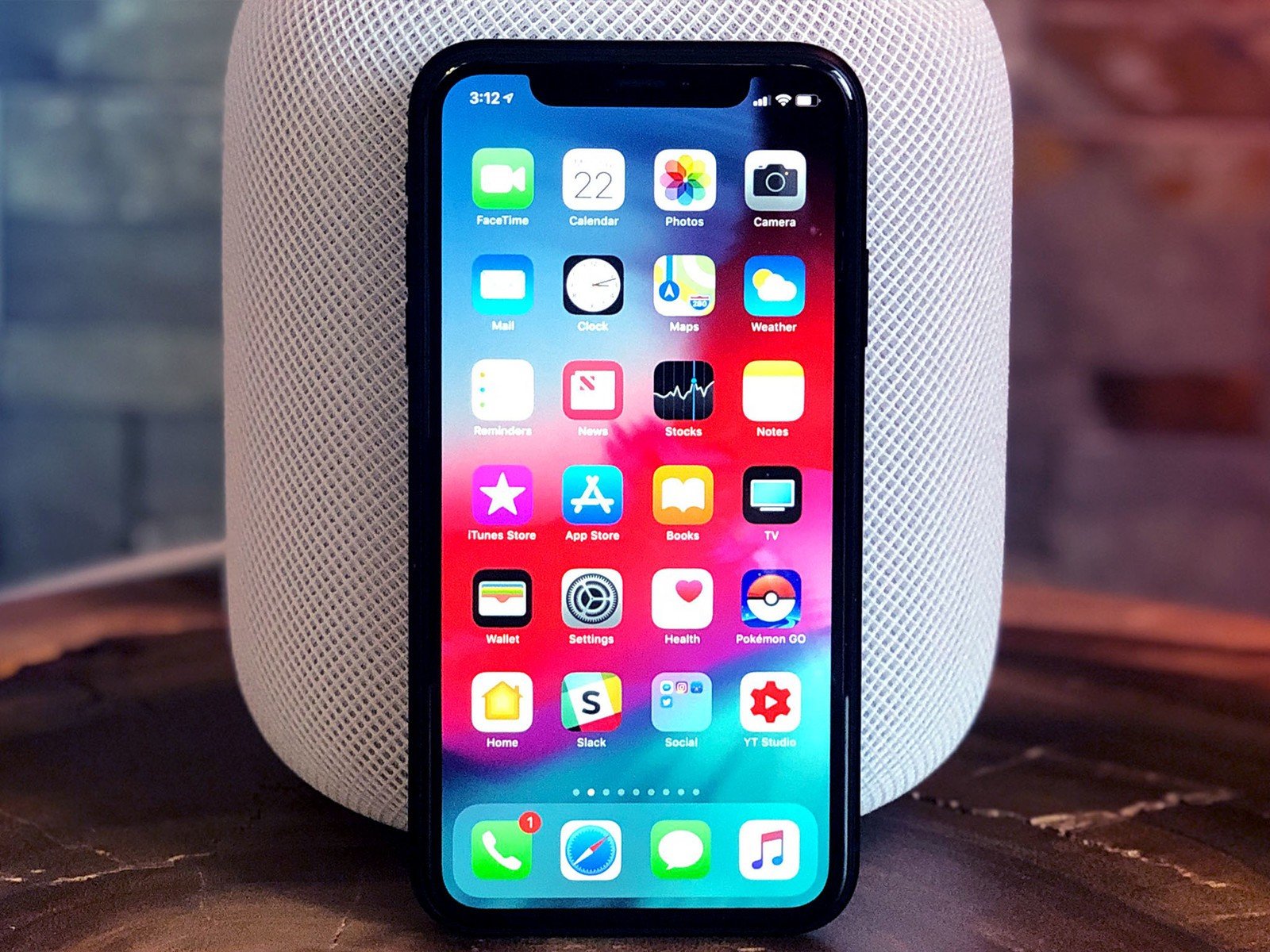Apple's latest patent should help keep iPhones steady


What you need to know
- The patent allows an on-screen item to move to compensate for device movement.
- Motion sensors would be used to detect an unstable device.
- The image on-screen would then move to make it appear stable.
A new Apple patent published by the US Patent and Tradamark office might give us a glimpse at how the company intends to make it easier to deal with unstable devices. Titled "Dynamic Image Stabilization Using Motion Sensors," the patent would be useful for the elderly as well as anyone who moves around while looking at their iPhone.
One such situation could be following a map or checking off a shopping list. As Apple Insider notes, Apple proposes to have motion sensors keep track of where an iPhone is moving and then adjust the on-screen image to compensate.
In the proposal, the mobile device uses dynamic image stabilization circuity to compensate for sudden movements, to keep the content aligned with the user's gaze. Motion sensors are used to detect the level of displacement of the device during such shakes or jolts.The system then uses these movements to work out how far the device has moved and in which direction, and shifts the on-screen content with the intention of keeping it roughly where the user was looking before the movement took place. Subsequent movements would force similar calculations, and similar shifts.
Once stability is retained the system would reset, with the image returning to its natural resting state. Another suggestion is that the image could be given an margin around the outside, allowing the it to move in any direction and still have room to spare. This would work similarly to how software video recording stabilization works, with overscan allowing the video to remain steady once cropped.
Apple applies for tons of patents every year and few of them find their way into shipping products. This patent could apply to iPhones, iPads, and even Macs but use in a phone would make most sense. If it's ever used at all.
iMore offers spot-on advice and guidance from our team of experts, with decades of Apple device experience to lean on. Learn more with iMore!

Oliver Haslam has written about Apple and the wider technology business for more than a decade with bylines on How-To Geek, PC Mag, iDownloadBlog, and many more. He has also been published in print for Macworld, including cover stories. At iMore, Oliver is involved in daily news coverage and, not being short of opinions, has been known to 'explain' those thoughts in more detail, too.
Having grown up using PCs and spending far too much money on graphics card and flashy RAM, Oliver switched to the Mac with a G5 iMac and hasn't looked back. Since then he's seen the growth of the smartphone world, backed by iPhone, and new product categories come and go. Current expertise includes iOS, macOS, streaming services, and pretty much anything that has a battery or plugs into a wall. Oliver also covers mobile gaming for iMore, with Apple Arcade a particular focus. He's been gaming since the Atari 2600 days and still struggles to comprehend the fact he can play console quality titles on his pocket computer.
